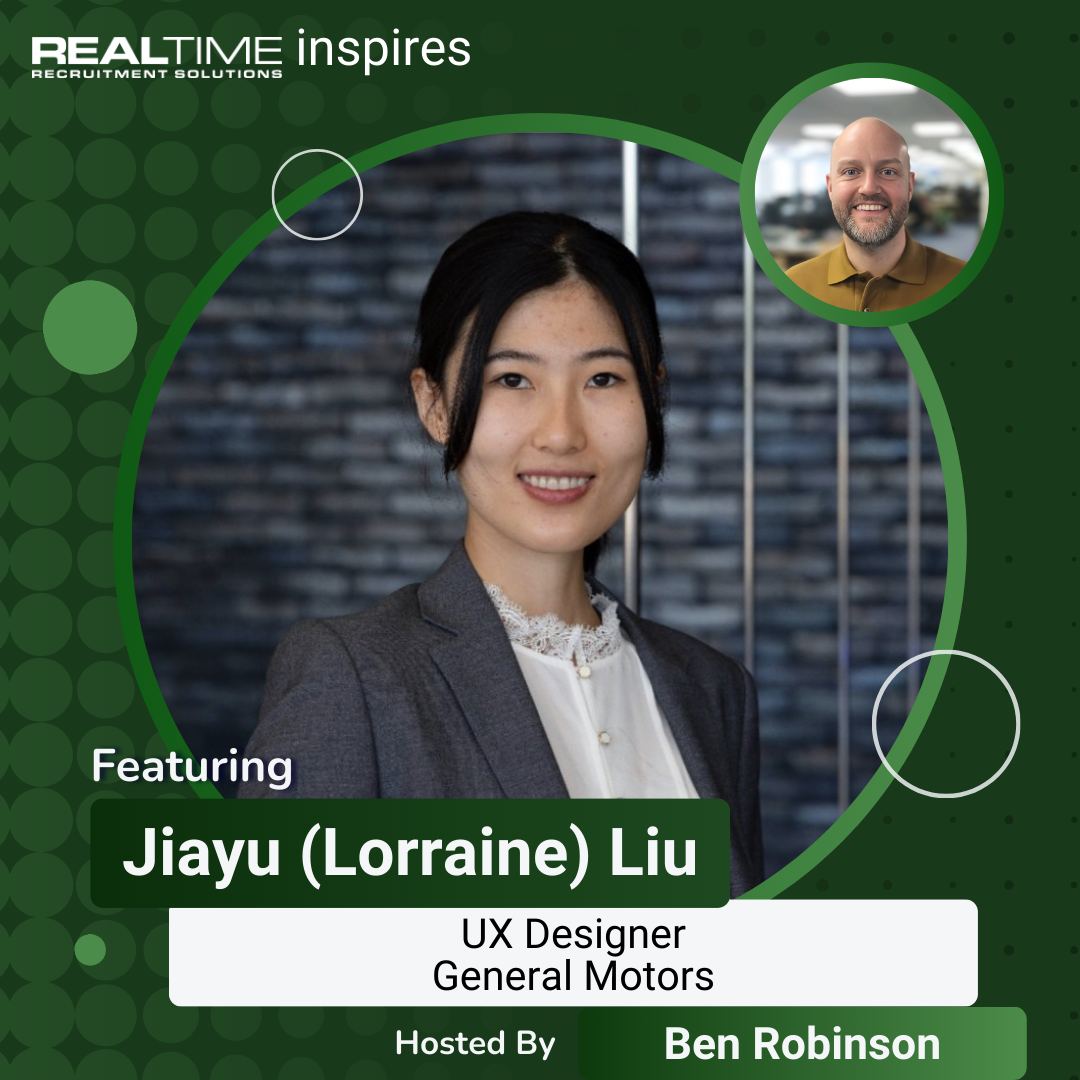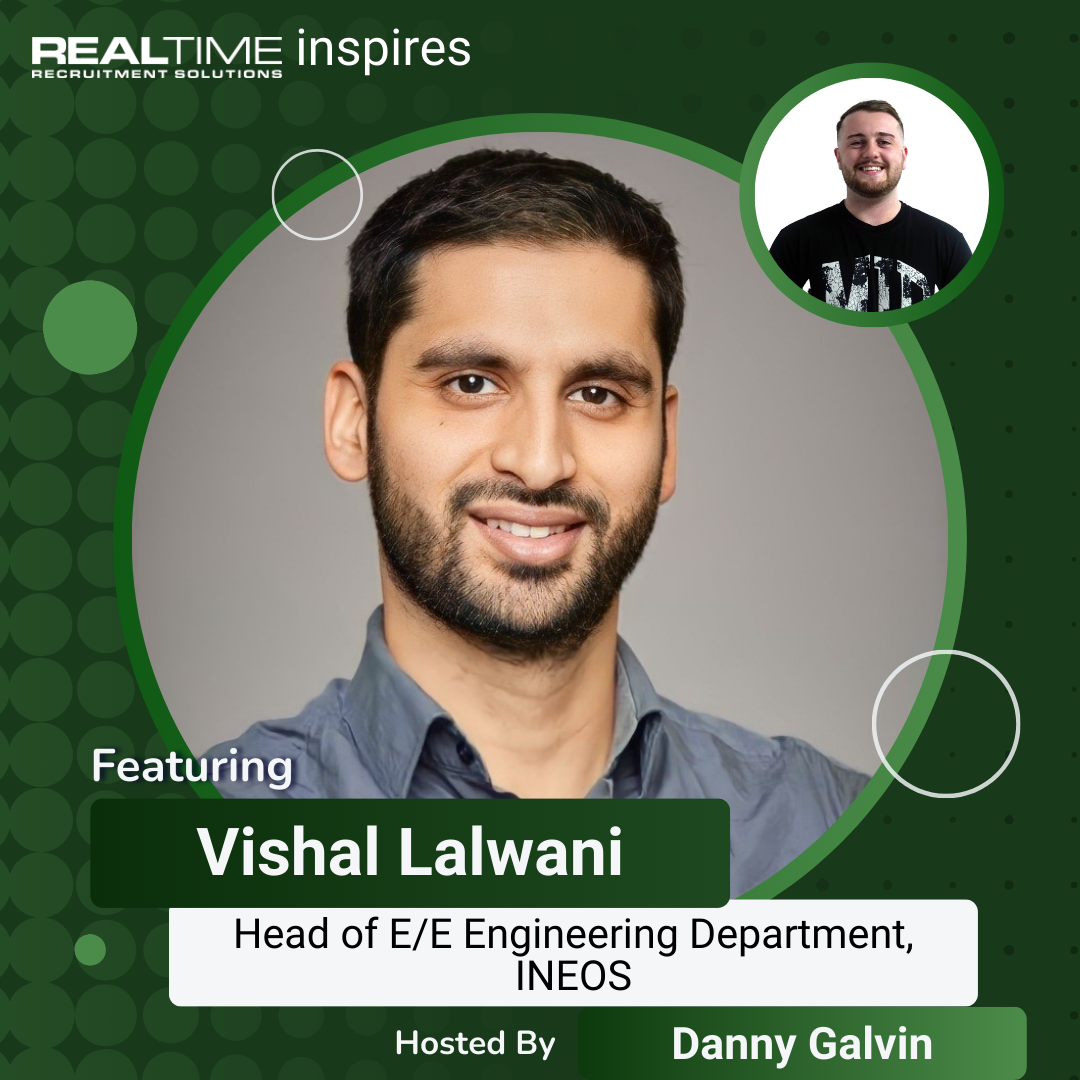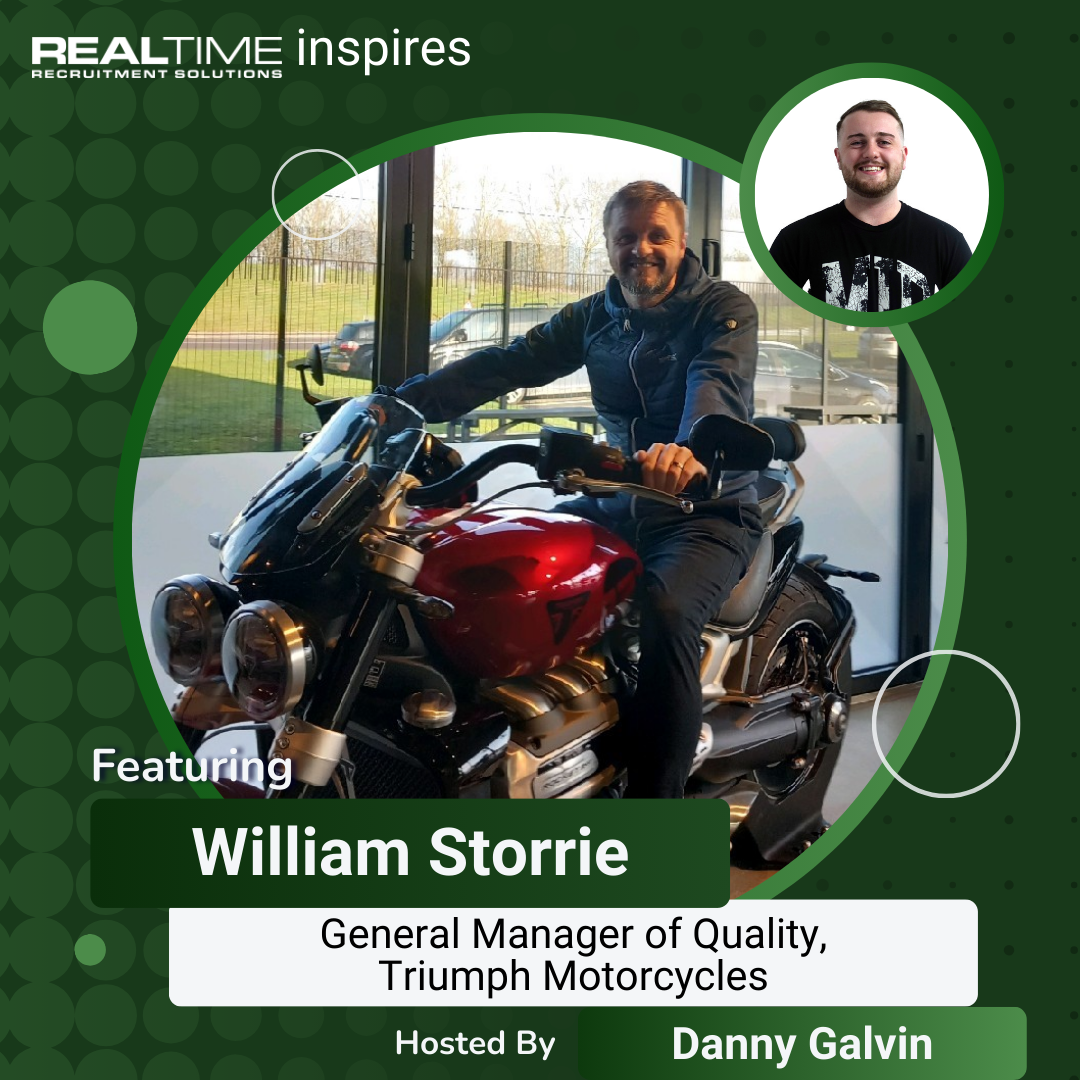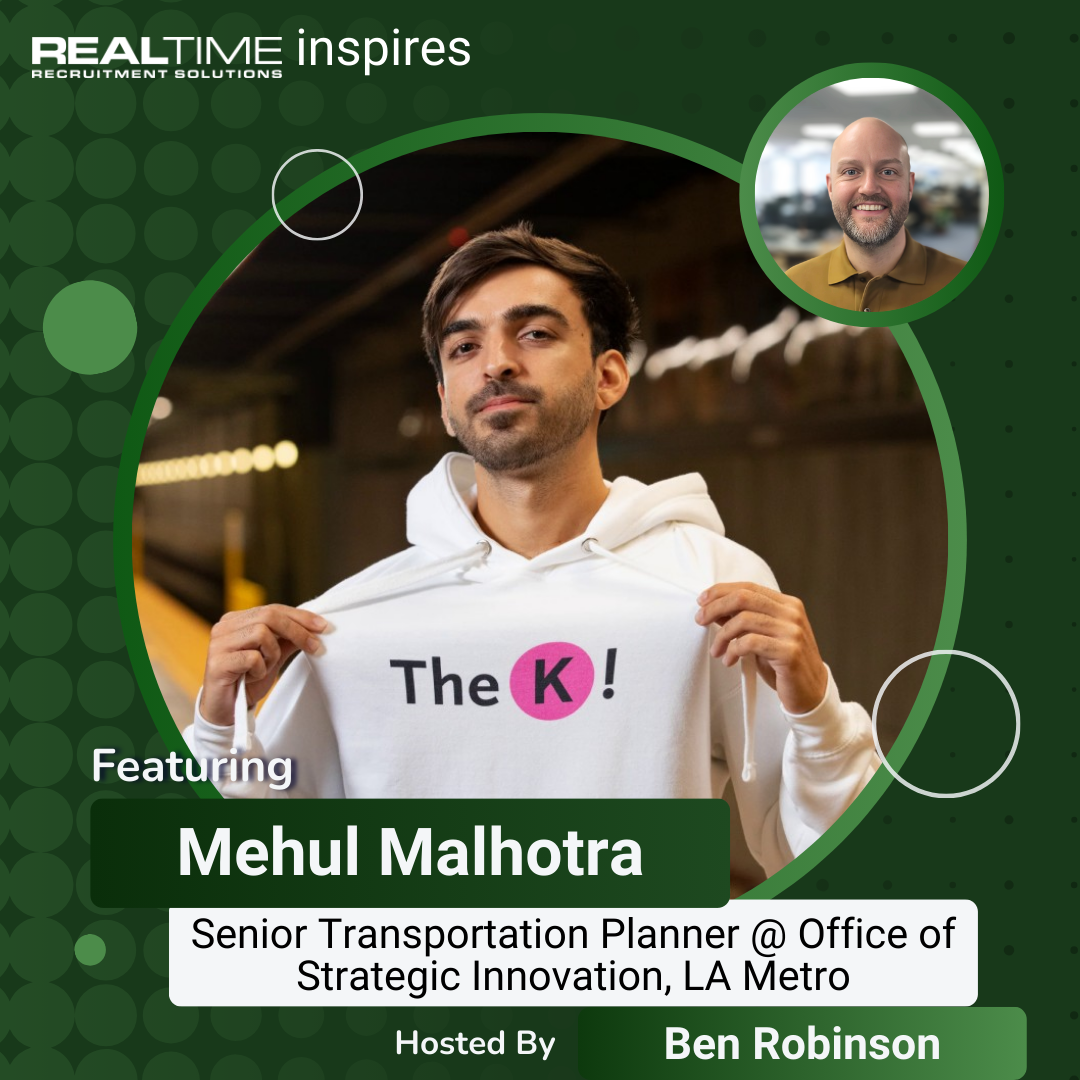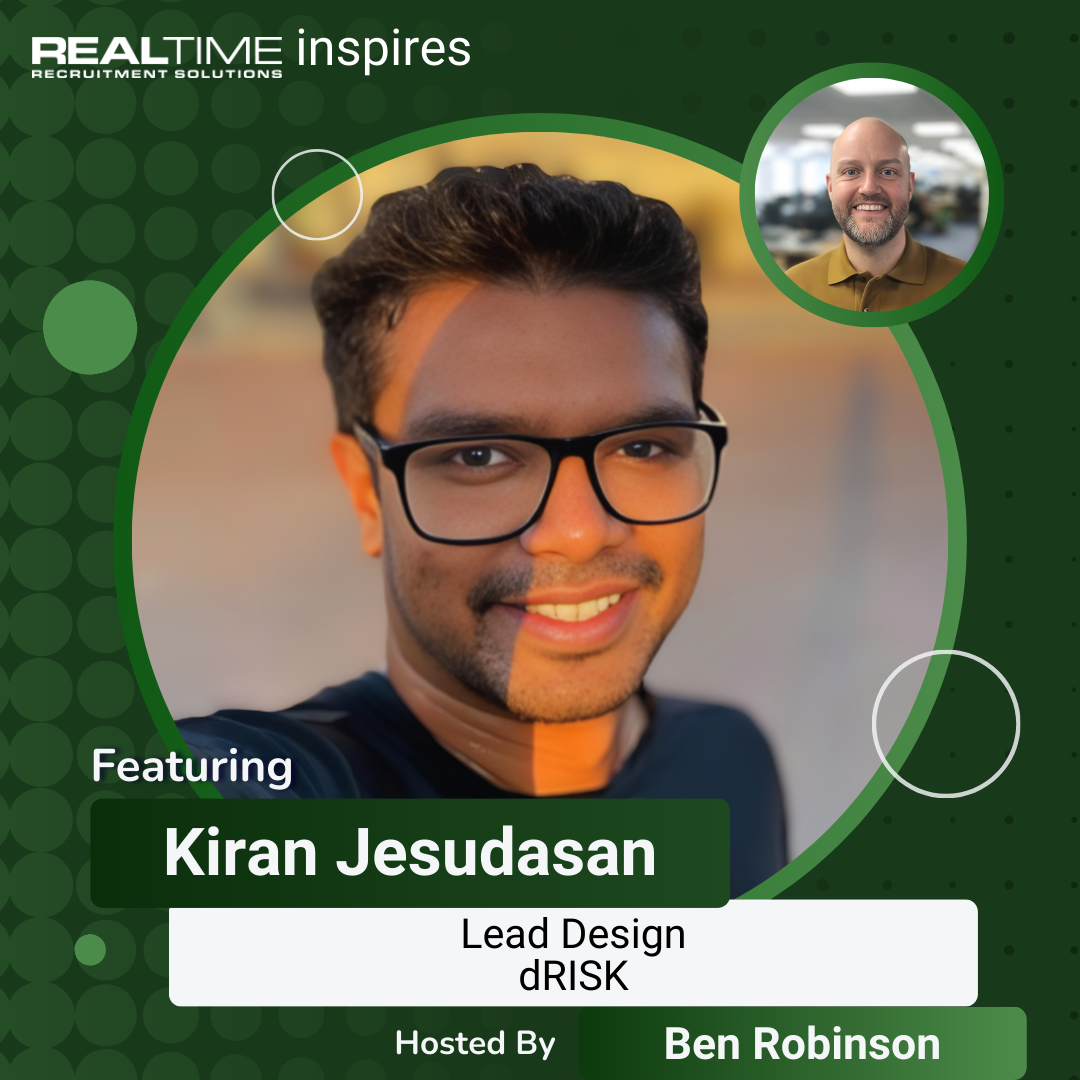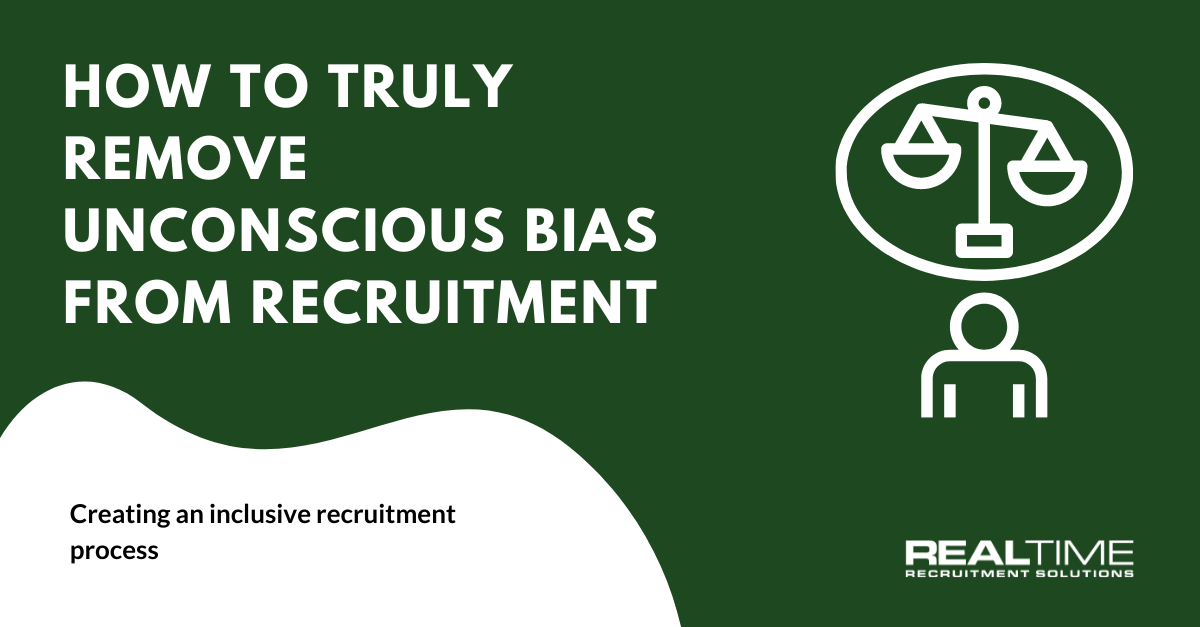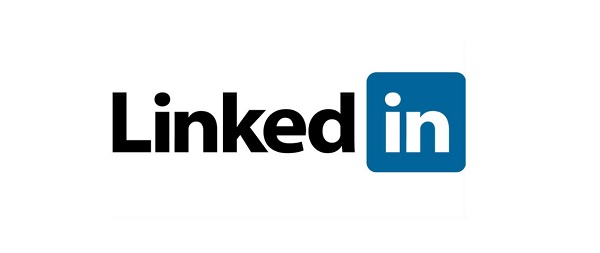
The top engineering CV faux pas
It’s easy to find an article on how to write the perfect engineering CV or the top skills recruiters are looking for on your resume – but what about what they’re not looking for? What about the CV fails, turn-offs and cringeworthy mistakes that see you heading straight for the shredder? We’re turning engineering CV writing straight on its head, looking at the top CV mistakes to avoid when applying for your next engineering vacancy.
1. Submitting a piece of art
Beautiful, funky and graphically designed CVs are all the rage at the moment, but they’re just not appropriate for your application for an engineering job. They can be confusing, distracting and too different – taking the attention away from your skills and experience. Stick to a clean and crisp layout, use a font such as Arial, and keep to neutral colours.
2. Talking about your A* GCSE in woodwork
You might have worked really hard, and your parents might still be really proud, but the spice shelf that’s still standing tall today isn’t relevant to your future career as an engineer. There isn’t much space to spare on a CV so ensure that you include only relevant information that demonstrates your ability to achieve and succeed within the role – leaving out unnecessary qualifications, outdated skills and job responsibilities from when you were 16.
3. Creating a novel
War and Peace was good, but no recruiting manager or HR assistant wants to read volume two while they’re busy trying to fill an engineering vacancy. CVs should be no longer than two pages (three at a push), including only essential and necessary information. If you’re really struggling to reduce your content, retake a look at #2 and include a link to your LinkedIn profile so that recruiting managers can read more if they want to.
4. Listing your day-to-day tasks
Let’s be blunt – they’re boring, and they don’t matter. While it’s important to give an overview of what you do in your current role, it’s even more important to demonstrate your skills by providing context and showing your impact. Forget “manages a team of five electronics engineers” and start talking about how you manage your own workload as well as your team’s, and how you delegate on specific projects. Don’t forget to back it all up with statistics and results to demonstrate your strengths.
5. Setting a challenge
Sure, the person reading your CV might love a murder mystery evening at the weekend, but when reading your CV they don’t need the hassle of investigating any gaps in your CV, using a dictionary to understand what you’re talking about or scouring LinkedIn trying to find out what you actually do in your current role. Be honest about gaps in your employment, dedicate more space to your current position and less to your previous positions and make your CV easy to read through proper formatting, the use of bullet points and the elimination of jargon.
6. Talking to competitors
Everyone knows that you’re probably applying for more than one engineering vacancy, but they don’t need to be told it by reading a CV that was clearly tailored for a different company or role. Tailoring your CV is essential – sending the right one; even more so.
7. Not chaking for mistks
The colossal mistake of including spelling mistakes almost goes without saying, but what about the other common mistakes left on CVs? Grammatical errors, dates that don’t match up, forgetting to rename the file from “CV application #102” or not going back and filling in the “xxxx” that you were going to do later. Check, check and triple check your CV.
And the biggest mistake of them all?
Not using a specialist engineering recruitment agency to help. We know what engineering companies are looking for in their vacancies and we know what they’re not looking for – helping you to craft an interview-worthy CV.
